Riga Ghetto
In October 1941, the Nazis set up a Jewish ghetto in the district of Maskavas where already about 20 percent of Riga’s Jewish population lived. The Jews in Riga had until the German occupation been integrated into the rest of the city. Non-Jewish residents who lived in what became the ghetto were forced to move out and their homes were taken over by the Jews. The ghetto was surrounded by barbed wire fences and barred from rest of the city. In 1941, the Nazis began deporting German Jews to Riga. On November 19, 1941, Jews in ghetto used as slave labor were separated from those who were not. About 25,000 were deemed unproductive or superfluous and taken away to either Rumbula or Bikernieki forests and killed. The reason for the executions was to make room for German Jews who were to be deported to Riga. In december 1941, the ghetto was divided into two separate ghettos, a smaller part for latvian Jews and a larger part for newly arrived german Jews. The ghettos were separated through Ludzas Street. German Jews were also murdered in Bikernieki and Rumbula. About 30,000 Jews were in the ghetto and most of them were forced to work in German-controlled industries. The ghetto was eventually liquidated in December, 1943, when the remaining Jews were deported to the Kaiserwald concentration camp or some satellite camp subordinated to Kaiserwald.
Current status: Partly preserved/demolished with museum (2013).
Address: Maskavas iela 14A, Riga, LV-1050.
Get there: Walk from central Riga.
Follow up in books: Arad, Yitzhak: Holocaust in the Soviet union (2009).


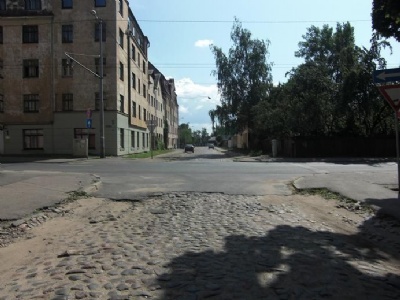
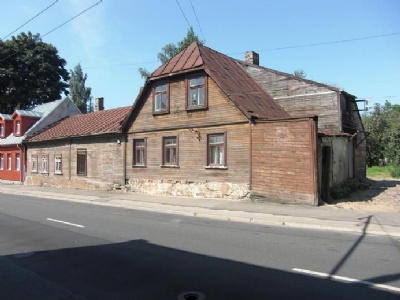
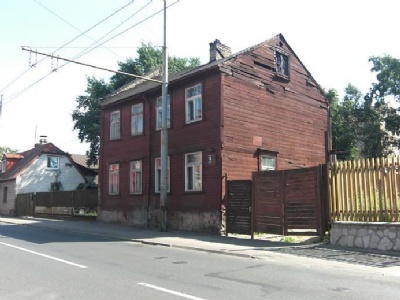
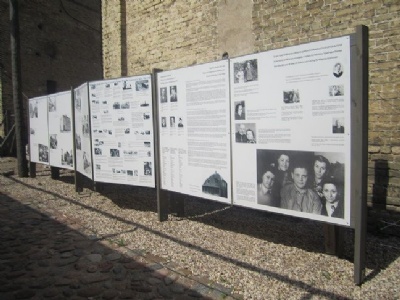
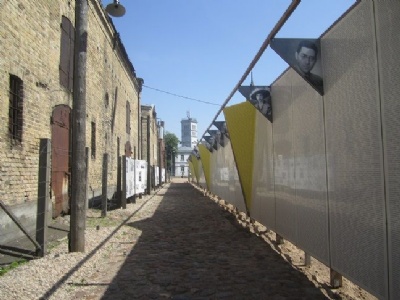
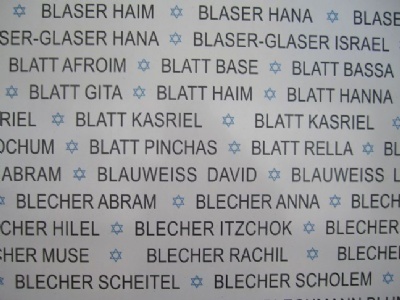
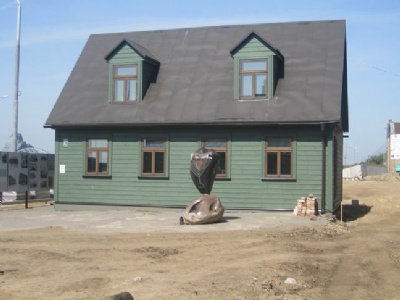
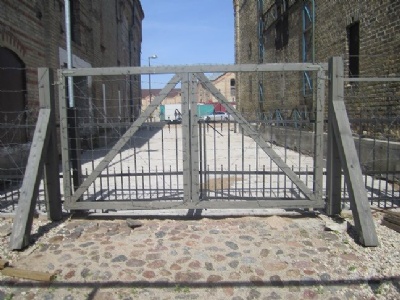
There are surprisingly many houses left from the period. Some of the houses are empty while others are populated. In most cases, the Nazis destroyed the ghettos themselves after they were liquidated. But some ghettos or parts of the ghettos were left untouched and destroyed only in connection with battles when the Soviet Red Army advanced westward. The ghettos or parts of the ghettos that still existed at the end of the war have been demolished over the years and left room for new buildings. Therefore, the ghetto in Riga (also Kaunas) is a unique historical heritage that actually has the same value as the concentration camps. For a long time there was no monument dedicated to Riga ghetto. But in autumn 2010, a museum was opened in the former ghetto, where historical buildings have been integrated into the museum. Let us hope that it will not be a tourist attraction as the ghettos in Krakow and Warsaw have become. The museum was still not fully completed in the summer of 2013.